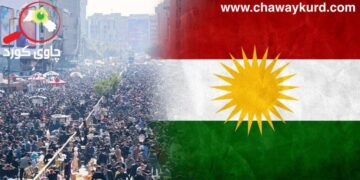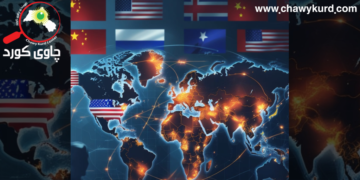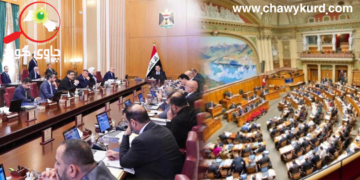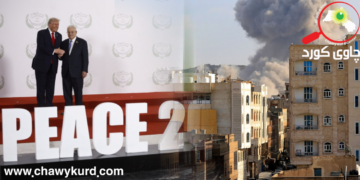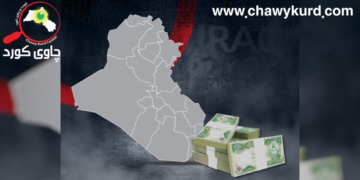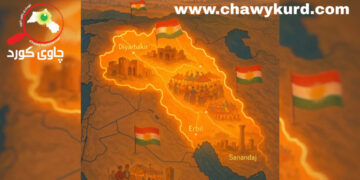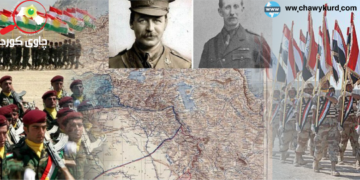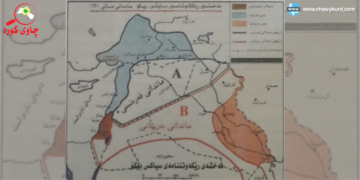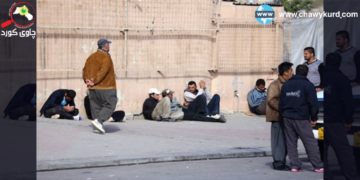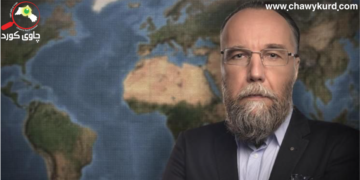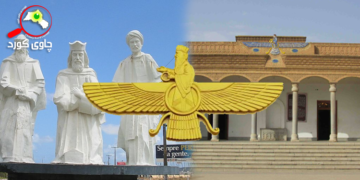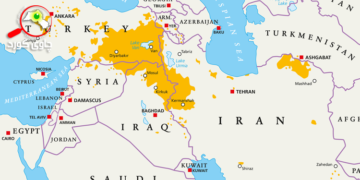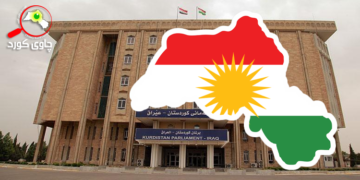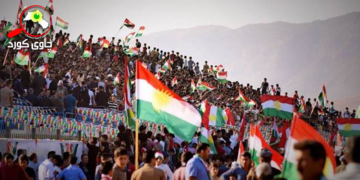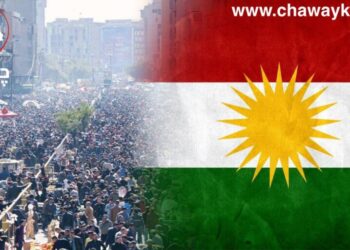Based on several historical sources, I would present some information about the Treaty of Lausanne; in order to we are as Kurds be more aware with our history, rewrite our history and present it to our present and past generations foe behalf of making lesson to our present and our future plans. On July 24, 1923, a new conference was held in Lausanne, Switzerland, by the British, French, Italian and Russian states. The purpose of the conference was to redesign the political and geographical structure of the Middle East, which called the Treaty of Lausanne.
The treaty was signed under the leadership of the following representatives: Ismet İnönü (Turkey), Lord Curzon (United Kingdom), Alifthiros Venizelos (Greece), under the supervision of Joseph Grow, US Ambassador to Switzerland.
The Treaty of Lausanne was the treaty in which Greater Kurdistan was divided under the control of major states and powers of the world, after “Kamal Ataturk” president and founder of the Turkish state, with diplomatic efforts and support of the former Soviet Union.
The Treaty of Sevres was a peace treaty between France, Britain, Italy, Japan and the Allies at the end of World War I on August 10, 1920. The Kurdish representative was Sharif Pasha. According to this treaty, Britain wanted to separate the province of Mosul and establish an independent Kurdish state for the Kurds under its supervision.
The purpose of the assembly was to discuss the problems between Turkey and Greece and to sign a new peace agreement with Kemalist Turkey to replace the Treaty of Lausanne, which neither Kemalist Turkey nor the Allies had implemented. They discussed the solution of the Mosul problem, the naval tank system, the foreign rights system, economic and financial problems such as the Ottoman public debt and the protection of foreign economic interests. The Lausanne Congress, which led to the Treaty of Lausanne, was an effective setback to the Kurdish issue and its legitimate problem and prevented the Kurdish aspirations and demands according to the Treaty of Sevres from being realized.
The Treaty of Lausanne consisted of several main parts: political clauses, financial clauses, economic clauses, transportation and sanitation, various suppliers, agreements and respect for housing, labor and power conditions, and market agreements. The Treaty of Lausanne does not mention Kurds and Kurdistan, Armenians, or even the Treaty of Sevres, but the content of the Treaty of Sevres is repealed. For example, the Treaty of Lausanne does not recognize Kurds as a nation or even as a small minority in Turkey.
After the successful implementation of the provisions of the Lausanne Treaty against the Kurds, the conquering states adopted a common policy against the Kurds and started economic, cultural and ethnic genocide, looting of Kurdistan’s minerals and crops. Moreover, they were expelling the Kurds from their ancestral homeland. They want to erase the name of Kurdistan from the geographical map of the world.
Following the plan of the Treaty of Lausanne had a terrible impact on the Kurds in the long run. After Lausanne, the occupying powers began to tighten and close their borders. Due to this agenda hundreds of thousands of relatives and families were separated from each other.
Furthermore, due to the Treaty of Lausanne, the existence of Kurds as a nation was denied in Syria and Turkey. In Iraq, the policy of Arabization, extermination, Anfal and genocide of the Kurdish people was always in place. They were removed from their heads and only a few cities and towns were named Kurdistan. In Iran, since the reign of Reza Shah and the establishment of the Persian state, all regions of East Kurdistan have been removed from the name of Kurdistan and only a few cities and towns have been renamed Kurdistan.






